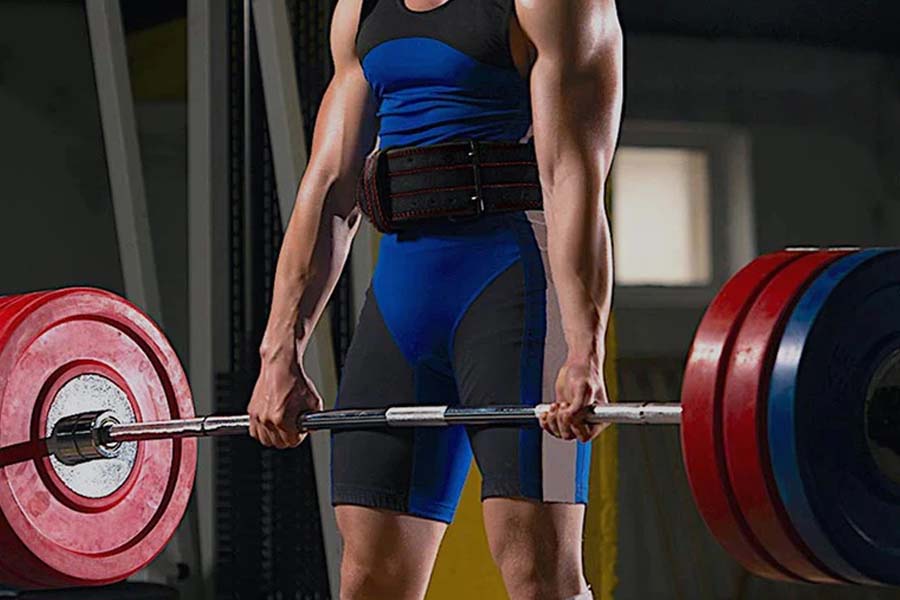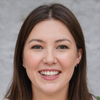Attention gym goers! You may already know that weight training can help sculpt those biceps and pump up those quads. But did you also know it's a secret weapon in the fight against flab? It's such a fat-burning powerhouse that some workouts are designed solely for torching calories.
Are you ready to pump iron and shed some pounds? Does lifting weights burn more calories than cardio? We've got the answers! While the traditional approach of steady-state cardio is one way to tackle weight loss, weight training is where it's at.
From debunking myths to offering practical advice, get ready to pump some iron (and shed some pounds) in this evidence-based exploration. But before you grab those dumbbells, let's explore how to maximize your weightlifting routine for optimal results.
Related Article: 10 Things I Wish I Knew Before I Started Lifting
What Is Weight Lifting?

Before we dive into how many calories you can torch during weight lifting, let's define what we mean by pumping iron. Whether you're bench pressing or just dragging a sled like a beast, any weight training counts as long as it gets your muscles pumping.
It includes all types of training here-from HIIT to sled work. It's all about cultivating that muscle mass. Let's clear up a common confusion in the world of workouts. While many of us may lump anaerobic and aerobic exercise together, it's important to note that they work in different ways.
So, when counting those precious calories burned during weightlifting, we need to spotlight each method. Don't let the terminology trip you up!
Initially, weightlifting was created to build strength and muscle, using equipment like machines, free weights, adjustable dumbbells, and powerlifting barbells. Nowadays, people lift weights for many reasons-from getting in shape to building their confidence.
But whatever your objective, resistance training can be grouped into a few key categories. So, let's pump up the volume and dive into the beautiful weightlifting world!
Here's what you can expect:
- First up, build muscle mass.
- Next, boost your power output.
- If you're an athlete, building your peak performance.
- Last but not least, enhance your overall well-being.
Best Variables for Weight Lifting
Are you ready to kick your workout routine up a notch? It's not rocket science, but there are vital variables to remember. Stick to the basics and follow these guidelines for optimal strength and hypertrophy gains:
- Load up those weights with 70-90% of your rep max and feel the burn.
- Take a breather for 1-2+ minutes to let those muscles rebuild.
- Keep increasing your total volume over time for a guaranteed progressive overload.
So, it's all about the three variables. Before you start yawning, let's get into the juicy details. The thing is, each program is unique to the coach and the goal they have in mind. But any successful plan can include some form of these three components. So, whether you're aiming for a six-pack or just want to stay fit, keep these variables in mind.
How Many Calories Are Burnt By Lifting Weights

Did you know that your body is busy burning calories even when you're catching some shut-eye? Thanks to your BMR-the unsung hero responsible for a whopping 60% of your daily calorie expenditure!
And if you're looking to torch even more calories, hit the gym and pump some iron-because you can burn calories during weight lifting. Who says you can't work up a sweat while building those biceps?
Let's explore the age-old question of how much weightlifting can boost our energy levels. Because let's be honest, whether you're carrying groceries, doing deadlifts, or just walking to the door, you need that extra oomph to power through. So, let's dive in and find out just how much muscle power it takes to get those calorie counters ringing!
Lifting weights is like a mystery box regarding how many calories you burn. But if we open up that box, we'll find something fascinating. Do you want to know how many calories you burn by lifting weights for 30 minutes? Well, every little factor can impact your calorie burn, from your weight to the type of exercise.
So, while a quick leg workout might not leave you sweating as much as an intense weight session, every lift counts towards getting you closer to that dream body. Keep lifting, and remember-the more reps you do, the closer you'll get to your calorie-burning goals!
According to Harvard Health, three different-sized participants tested various exercises for 30 minutes and found that weight lifting burns between 90-126 calories per session. However, if you're up for some calisthenics, you could burn between 135-336 calories in the same amount of time.
So, whether you're a featherweight or heavyweight in the gym, the types of exercises, size, load, and volume, all play a role in your calorie count. Before you jump into your next workout, let's talk numbers.
We can't be sure about the specific exercises in each group, so we wait to double those figures. For example, weightlifting would require severe intensity to burn 252 calories in 30 minutes. But don't let that discourage you!
These estimates align with what we know about calorie burning - on average, a 45-minute workout can torch 300 calories. So grab your sneakers, and let's get moving!
Factors Affecting Burning Calories
Are you curious about how your lifting session is affecting your calorie burn? Dig in because it's more complex than just tallying up reps and sets. We've got the inside scoop on all the factors that could impact your progress.
From the weights you're using to your body composition, there's more to the story than meets the eye. So if you're ready to understand how lifting fits your weight loss goals, read on!
Type of Exercise
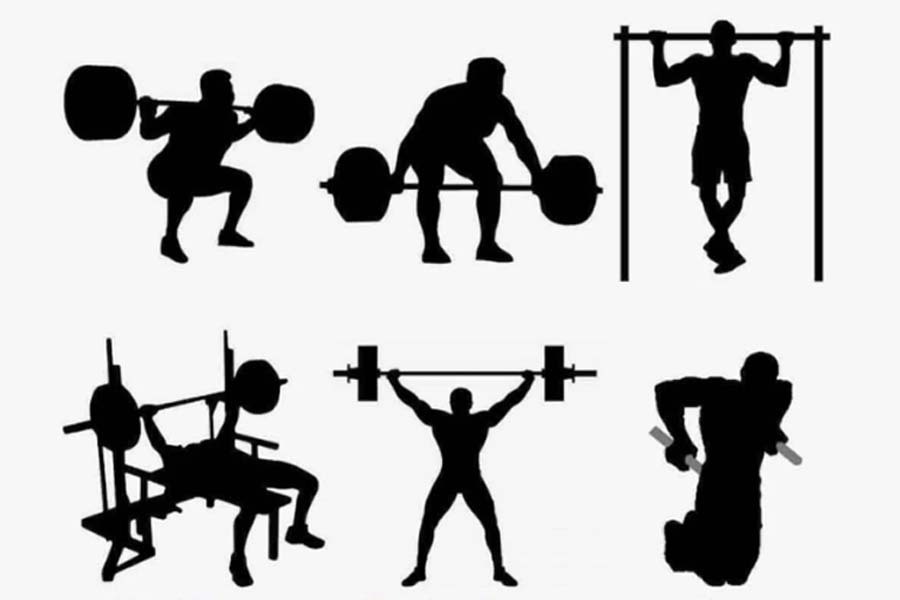
It's time to talk about compound workouts, the king of weightlifting. These mighty exercises work for vast muscle groups, combining several upper body parts like the chest, shoulders, triceps, back muscles, and core, all in one go.
And the best part? You get to burn more calories because they require tons of muscle mass! It's like getting a two-for-one deal on your calorie-burning dollars. But wait, there's more! Let's take a look at isolation workouts for a sec.
They only target small muscles, so they don't require as much energy as their compound workout comrades to fuel the action. Essentially, they pale in comparison to the powerhouse that is compound workouts.
So, if you want to maximize your gains and calories burnt, get those compound workouts in your routine, stat!
Lower Body Exercises Importance
Remember that not all exercises are created equal when it comes to weightlifting. Pay attention to which muscles you're working, and you'll be on your way to slimming down. You need to focus on the lower body to get a calorie-burning boost.
Do you know why? Those glutes, hamstrings, and quadriceps are massive muscles compared to their upper-body counterparts. So next time you're pumping iron, emphasize the lower half more and start melting fat away.
Your Total Workload
Let's talk about the total workload-the total of all those weights you conquered during your workout. Imagine you're hitting those back squats, 200 pounds at a time. In one session, you do 3 sets of 10 reps, which adds up to 6,000 pounds lifted. Not too shabby!
But wait, there's more. In your next session, you up the ante to 4 sets of 10 reps and hit a total workload of 8,000 pounds. That's an extra 2,000 pounds of squatting, meaning you must fuel up with extra calories. Keep crushing those sessions, and watch your total workload soar!
Calories Burnt by Weight Lifting
Ready to pump some iron and shed some pounds? Remember that rest is just as important as reps when it comes to weightlifting. While you may spend four days a week lifting like a champ, the remaining three are a time for your muscles to chill out and relax.
Assuming you torch 350 calories an hour while lifting, you'll burn about 1,400 calories over the four workout days. So, how long does it take to say adios to one pound of unwanted chub?
Buckle up, as it can take about 2.5 weeks if you're looking to shed that pound through exercise alone because it takes a whopping 3,600 calories to kiss that pound goodbye. Start with smaller weights, as that one-pound goal is within reach!
What to Know About Weight Lifting and Fat Burning
You may be surprised to hear this, but there are other courses besides burning calories when it comes to weight lifting. While it's true that weightlifting can help you shed some unwanted pounds, the primary focus is on gaining strength and building lean muscle.
So, if you're looking to burn serious calories, it's time to step off the weightlifting floor and try other calorie-busting activities. Don't disregard the weights completely - they're still an essential ingredient in any balanced fitness routine!
Your typical workout routine is already burning those calories like a matchstick on fire, with about 350 burned per hour. But if you want to turn up the heat and burn more, be prepared to sacrifice some muscle gain or strength building. It's like trying to bake a cake with the ingredients for a salad - they don't mix.
You'll need to adjust your program to focus on exercises and rep schemes better suited for calorie burning. Just remember that changing things up may affect your gain. It's a tricky balancing act, but there's no easy way to build that body - and trust us, we wish there were!
Forget about scheduling a special session for weightlifting because it might just stress you out even more! You don't want to harm your muscle recovery, do you? Although you can still burn some calories through lifting. But here's the thing - building strength and lean muscle should be your top priority.
Burning calories is just a bonus! So, aim for exercises that give you the best muscle growth and let the calorie burn come second. Trust us; your muscles will thank you later.
How Does Weight Lifting Help With Weight Loss
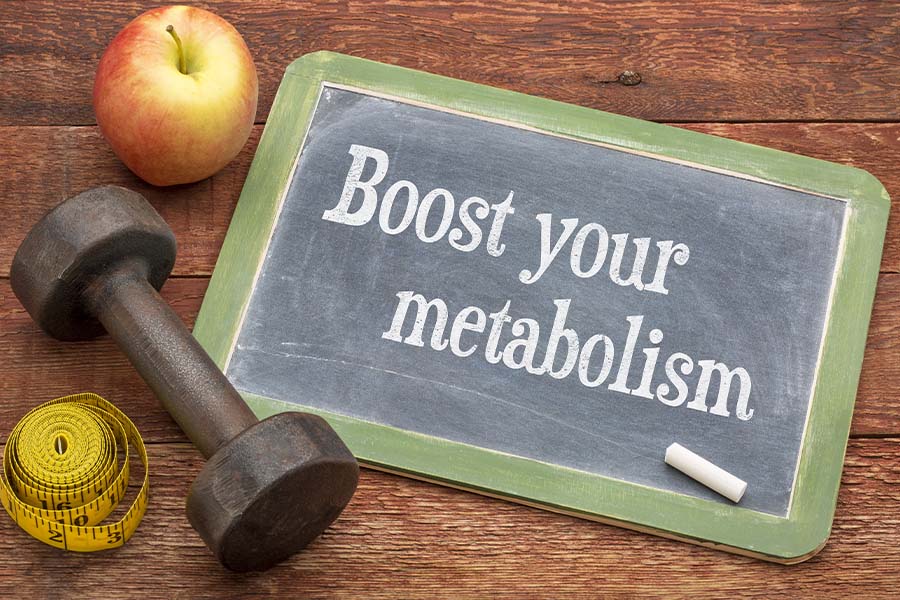
Sure, we may be off the board with swapping out burpees for deadlifts to burn more calories. But hear us out! Weightlifting should be part of your fitness arsenal if you want to shed some pounds. We're talking a big, fat, huge part. And here's why:
- Weight training helps you build lean muscle mass, increasing your metabolism. That means your body burns more calories even when you're not exercising. Yes, please.
- The after-burn effect of weight training is legit. Your body continues to burn calories after your workout as it repairs and rebuilds your muscles. It's like free calorie-burning, you all.
- Resistance training can also improve insulin sensitivity, crucial when managing weight and preventing chronic diseases like diabetes.
- Finally, the muscle just looks damn good. We're all about body positivity and loving yourself no matter what, but who among us wouldn't appreciate a little extra definition and tone?
So there you have it. Weight training is for more than just those who want to bulk up. It's a powerful tool for anyone looking to lose weight, improve their overall health, and feel solid and confident in their skin.
Weight Lifting Burns Calories
You know what they say, "ain't no gain without a little pain," and the same goes for weight lifting. We already spilled the tea on how lifting weights burns calories, but we just had to emphasize this fantastic fact again.
It may not be the calorie-blasting workout of your dreams, but those numbers do add up. Think of it like a cherry on top of your workout sundae - a bonus that makes all the difference.
So next time you're pumping iron, keep in mind that those reps are not only giving you muscle gains but also a little extra calorie burn, too.
Weight Lifting Preserves Muscle Mass
Regarding body recomposition, it's like trying to juggle two bowling balls and a flaming torch - it's a tricky balancing act. If you're in a caloric deficit, you can burn fat, making it harder to gain muscle.
It's like your body says, "hey, I can't build a house if I don't have enough bricks!" But if you're eating more calories to build muscle, you can sabotage your fat loss goals. Talk about a catch-22! It can be especially tough for seasoned lifters, who need even more muscle-building calories.
So, unless you're a newbie or have a high body fat percentage, it's like trying to fit a square peg into a round hole. And the leaner you get, the harder it becomes. It's like trying to squeeze into your skinny jeans after Thanksgiving dinner - not impossible, but it will be a challenge.
You may have heard rumors that you can build muscle while losing fat, but the jury's still out. However, there's no denying that weight training significantly impacts your muscle mass.
When your body is in a calorie deficit, it starts looking for energy sources. Unfortunately, this can mean eating into your existing muscle. But fear not! Pumping some iron can help preserve that hard-earned muscle mass.
Muscle Burns More Calories
You may have heard the rumor that muscles are like fat-burning machines, churning away calories with each flex. While this is partially true, the reality is less dramatic. According to "the practical guide to weight management", a pound of muscle can burn around 10-15 extra calories daily. Although it's not a ton, it's something! So, go ahead and flex those muscles.
Best Weight Lifting Program for Burning Calories
So let's talk about how to optimize your weightlifting routine for fat loss. Don't worry; we won't ask you to overhaul your workout routine completely. But if you're feeling fancy, here are a few things to keep in mind:
- Use of 2-3 heavy compound exercises
- Use of 2-3 moderate compound exercises
- Include 1-2 rounds of circuit with isolation moves
- Utilize metabolic conditioning
Use 2-3 Heavy Compound Exercises:
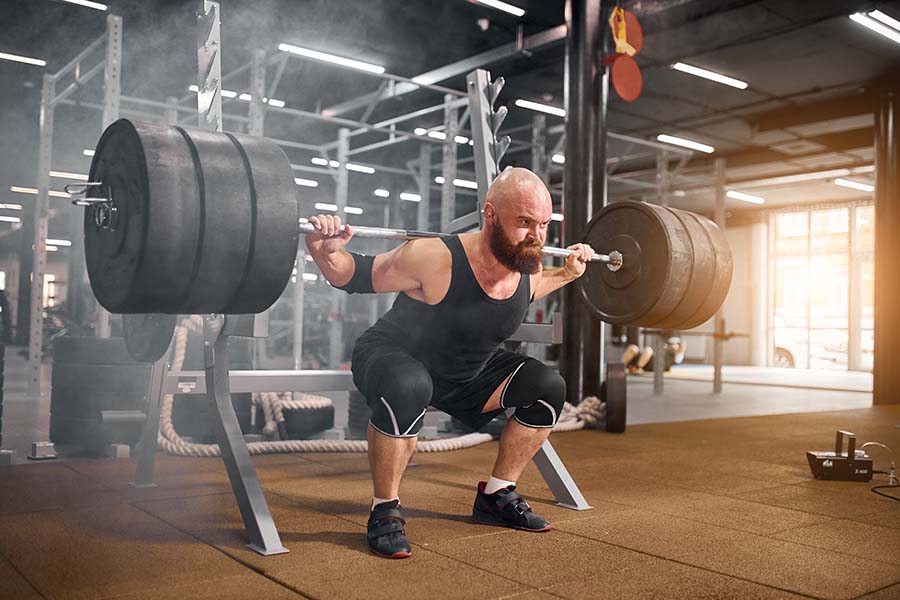
You can start your training off strong with 2 or 3 heavy compound lifts that are guaranteed to get your heart pounding. These power moves include bench presses, back squats, and deadlifts, so don't be afraid to crank up the weight to 85-90% of your 1RM.
And remember to give yourself ample time between sets to ensure you're lifting with flawless form.
Use 2-3 Moderate Compound Exercises:

Add some flavor to your routine with 2-3 accessory compound exercises. Feel the burn with chin-ups, incline dumbbells, and Romanian deadlifts. Keep that intensity high by using a load of around 80% of your 1RM and go for 8 reps.
It's time to turn up the heat and sculpt that body into a masterpiece!
Include 1-2 Rounds of a Circuit With Isolation Moves:

How about a couple of isolation exercises at the end for that extra burn? Keep it circuit style and stay moderate; just 1-2 rounds will do the trick.
Shake up your workout and feel the fire!
Utilize Metabolic Conditioning:
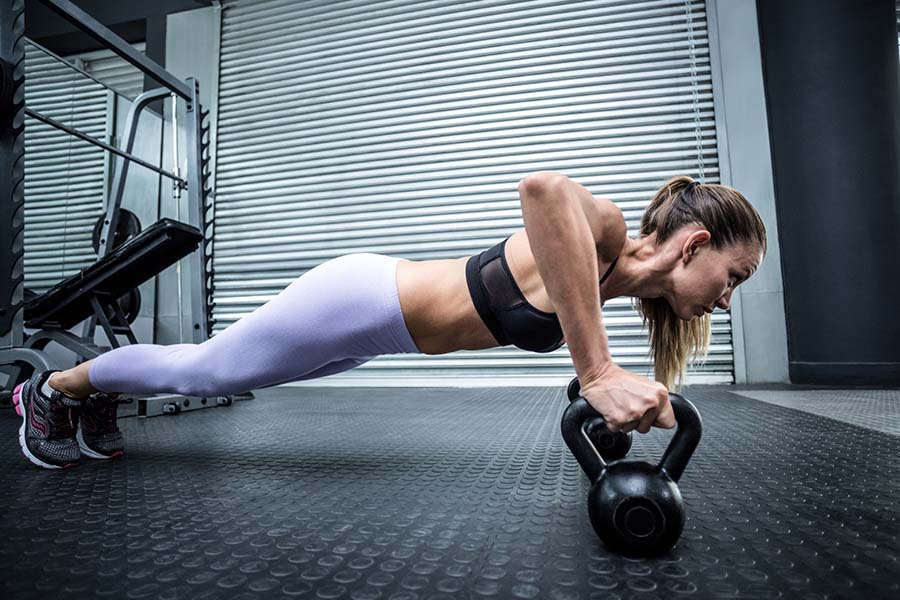
You can go with sled work, farmer's walks, and kettlebell exercises! And let's remember the ultimate challenge: barbell complexes. So, these dynamic exercises can be tweaked and combined to fit a variety of training styles, like high-intensity interval training (HIIT), every-minute-on-the-minute (EMOM) drills, or a classic interval training structure.
So, what is stopping you from burning those calories?
Related Article: Why Everyone Should Be Doing Cardio and What Are the Best Exercises to Do
The Bottom Line
If you're looking to maximize your weight loss or fat burn, the three critical nuggets of wisdom to keep in mind are; to load up that barbell with 70-90% of your rep max, take a chill pill for 1-2+ minutes between sets, and make sure to increase your total volume over time. Further, you can also fire up your metabolism and torch around 90-126 calories per session (up to 336 for calisthenics exercises). Of course, the calorie burn depends on factors like the type of exercise, focusing on those lower body moves, free weights vs. body weights, your total workload, your goals, and the intensity of your sweat.
And for those of you on a weight loss journey, remember that it takes about 3,600 calories to lose a pesky pound. But fear not; you can optimize your fat loss by utilizing 2-3 heavy compound exercises (bench presses and deadlifts), 2-3 moderate compound exercises (chin-ups), and 1-2 rounds of isolation moves while pumping iron. So, what is stopping you from starting your fat-burn journey now?








